Army receives rifles with new LICC cartridge, but their purpose is unknown
- By Travis Pike
Share This Article
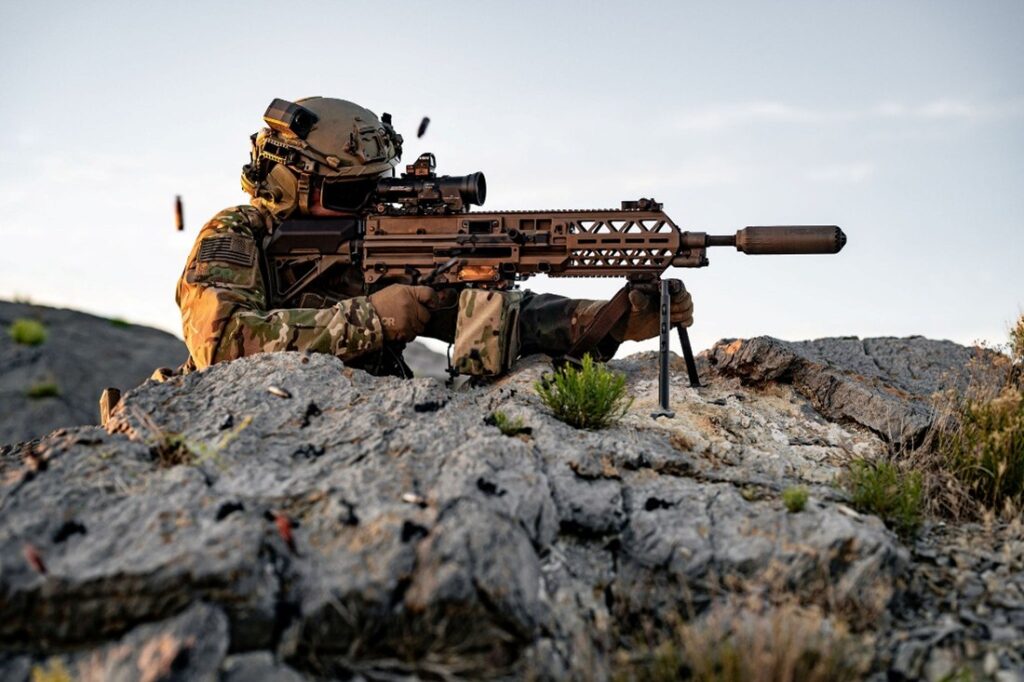
The LICC program, or Lightweight Intermediate Caliber Cartridge, is a small program that has been kicking around since 2019 with goal being to develop a better cartridge than the 5.56 – an ongoing goal from the 1970s.
Last month, FN delivered an unspecified number of LICC-IWS (Individual Weapon Systems – the rifle version – and LICC-AMG (Assault Machine Gun) – the machine gun version – to the Irregular Warfare Technical Support Directorate which manages the program.
Both systems are chambering a new cartridge, the 6.5x43mm LICC.
I’ve seen lots of these programs come and go, but very few ever make a big difference. Time will tell if the LICC program will be any different, but it seems promising. In fact, it might be the better option for the Army when compared to the new M7.
The new cartridge
The 6.5 LICC is based around the .264 USA, a cartridge developed by the Army’s Marksmanship Unit. The new cartridge combines an intermediate-length case with a projectile that falls somewhere between intermediate and full-powered.
6.5mm projectiles have become rather popular in the world of shooting. They have a high ballistic coefficient and cut through air relatively uninterrupted. They are flat-shooting cartridges with less ballistic drop than their 7.62 comrades. This allows the round to retain excellent energy and penetration, even at longer ranges, where 5.56 tends to fail.
The 6.5 LICC comes in three types: as monolithic projectile, match projectile, or a reduced ricochet projectile; it weighs between 100 and 130 grains depending on the type. Their velocity isn’t currently known, but the .264 USA was reaching 2,750 FPS from an 11.5-inch barrel, making it fairly fast.
To keep things light, FN designed the cartridge with a steel case. Traditionally, cartridges are brass-cased, but a steel case allows a reduction in weight by 20% compared to a brass-cased version. FN also claims the steel case allows for better accuracy, and we’ll take their word on it.
“Initial test firing results from the U.S. Army Marksmanship Unit and other operators show that the accuracy of the LICC-IWS is consistently two times better than the M4A1,” Jim Williams, Vice President of Military Programs for FN America, stated. This makes the rifle roughly one to two Minute of Angle (MOA) based on current M4A1 accuracy standards – not bad at all for a service rifle.
The LICC-IWS
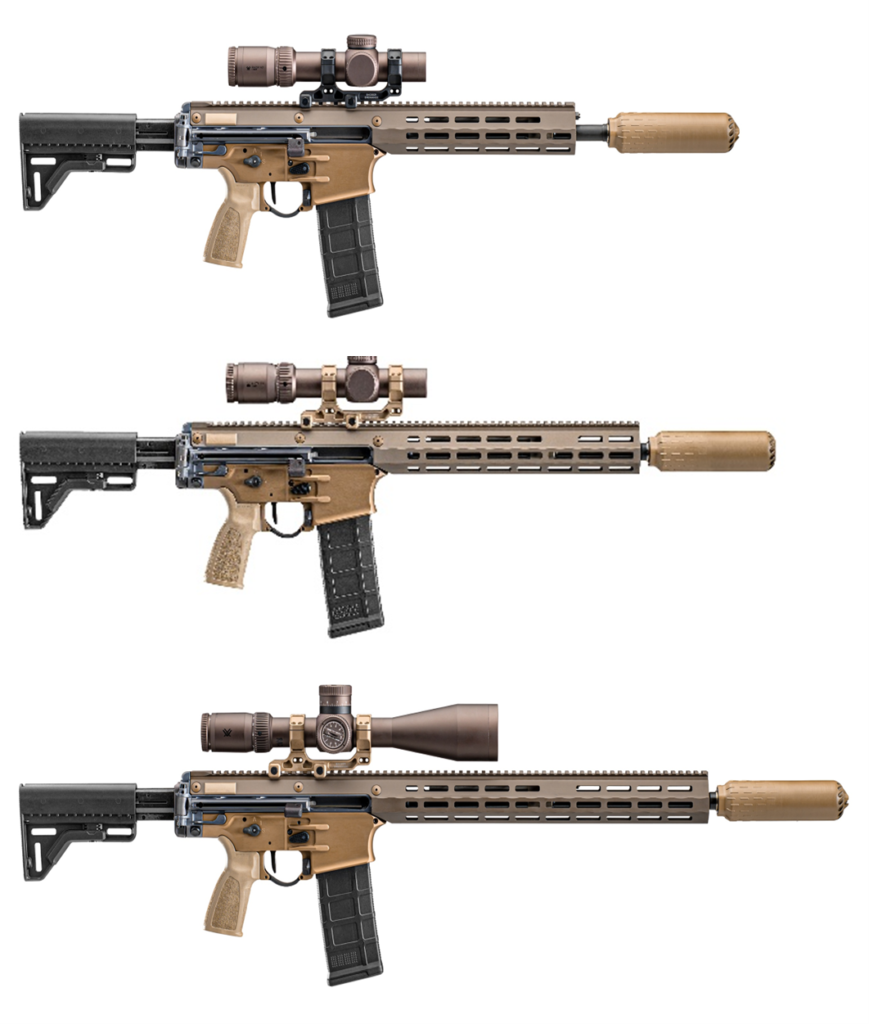
The LICC-IWS is a thoroughly modern rifle. At first glance, it looks like an M4 drawn from memory as it’s similar to that platform on the outside.
The M4 and M16 series are well known for their ergonomics, and the FN LICC-LWS takes that inspiration and pushes it further. The lower receiver mimics M4A1 controls to a degree, but makes them completely ambidextrous, wit the safety, magazine release, and bolt release being ambidextrous. The charging handle is positioned behind the ejection port and is also ambidextrous; there is no AR-type charging handle but simple side-charging designs.
In contrast to the M4 series, the IWS series uses a long-stroke gas piston that’s not all that different from the M1 Garand or AK series rifles. The system is highly reliable and works well in all environments. It also works well with suppressors and prevents shooters from receiving gas to the face.
The stock can fold in either direction and fire while folded. This makes the platform easier to use in and out of vehicles and shrinks its effective size substantially.
Reportedly, recoil is light and the weapon is controllable. According to FN, the rifle handles and shoots like an M4A1. Compared to the M7, this would be a much lighter recoil.
Overall, with the stock extended the rifle measures 35 inches with a weight that hovers around 7.75 pounds. This keeps it roughly in the same class of rifles as the M4A1, albeit slightly heavier. As suppressors, lights, optics, and more are added, the weight will grow, and it will likely top 10 pounds fully kitted out and loaded.
The LICC-IWS features three different models: We have the standard carbine with a 14.5-inch barrel; there is a Designated Marksman variant with an 18.5-inch barrel; and a close-quarters battle model with a 12.5-inch barrel. Users can swap the barrel length by swapping the upper receiver system.
If the rifle is fielded widely, it’s likely we’ll see multiple models for different users be fielded alongside the standard carbine variant.
Why test a new rifle?
The Army has a new rifle in the M7, so why is it evaluating another new rifle? The current plan is to receive feedback on the rfile from the Army and to make changes as necessary to fit duty use. Where the rifle will go from there is unclear.
It could be that the LICC might simply be for special operations use or that the Army is being progressive and staying abreast of future cartridges and technology.
The system seems impressive: it might not meet the M7 programs goals, but seems to be the better rifle for general infantry use. It seems like big Army is sold on the M7, but the LICC-LWS might be the better option all around.
Only time will tell.
Feature Image: A soldier fires the FN LICC. (FN Fireamrs)
Read more from Sandboxx News
- Iran’s military drones are supplied by 2 Ukrainian companies dealing in aerospace parts, the US says
- Super Tomcat: The 21st century F-14 that would still be flying today
- NASA’s had plans to use an F-15 to launch hypersonic Phoenix missiles
- Drone rescues Ukrainian soldier stranded for 33 days behind enemy lines
- Sidewinder: The game-changing missile the Navy didn’t actually want
Related Posts
Sandboxx News Merch
-

F-35 ‘Evolution’ Poster
$22.00 – $28.00Price range: $22.00 through $28.00 Select options This product has multiple variants. The options may be chosen on the product page -

A-10 ‘Thunderbolt Power’ Framed Poster
$45.00 – $111.00Price range: $45.00 through $111.00 Select options This product has multiple variants. The options may be chosen on the product page

Travis Pike
Travis Pike is a former Marine Machine gunner who served with 2nd Bn 2nd Marines for 5 years. He deployed in 2009 to Afghanistan and again in 2011 with the 22nd MEU(SOC) during a record-setting 11 months at sea. He’s trained with the Romanian Army, the Spanish Marines, the Emirate Marines, and the Afghan National Army. He serves as an NRA certified pistol instructor and teaches concealed carry classes.
Related to: Gear & Tech, Military Affairs
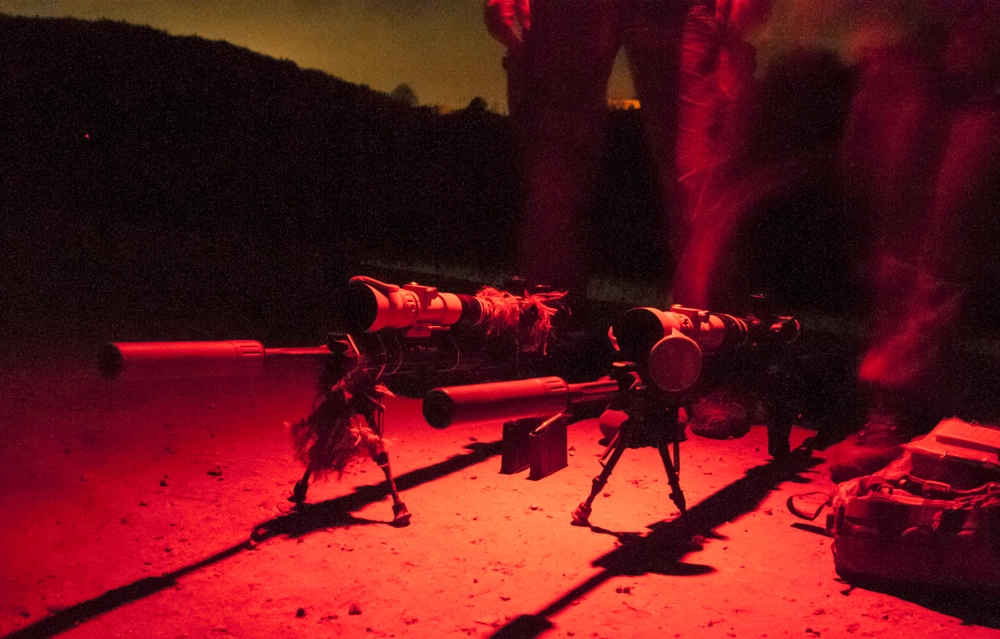
The technologies that will unlock the next generation of firearms

5 benefits that martial arts can have for veterans
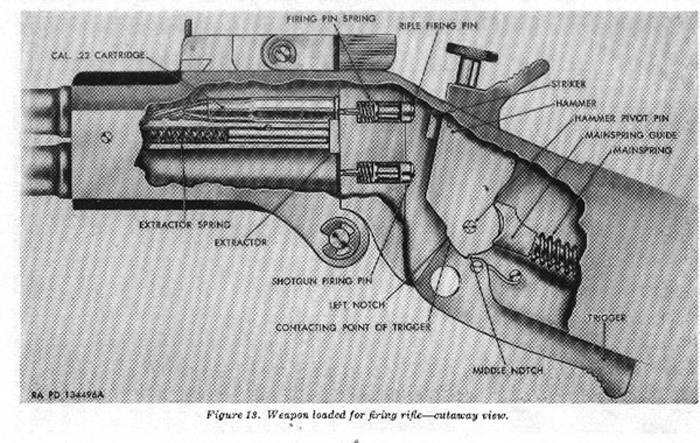
These aircrew survival weapons have ensured US airmen stayed alive in rough situations
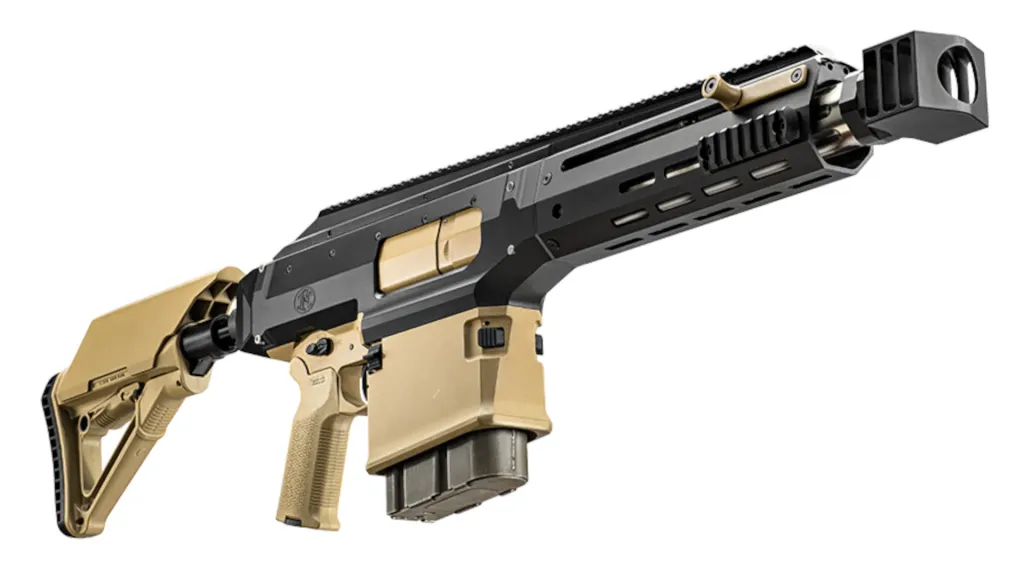
FN’s MTL-30 wins the Army’s Precision Grenadier contest for a next-gen grenade launcher
Sandboxx News
-

‘Sandboxx News’ Trucker Cap
$27.00 Select options This product has multiple variants. The options may be chosen on the product page -

‘AirPower’ Classic Hoodie
$46.00 – $48.00Price range: $46.00 through $48.00 Select options This product has multiple variants. The options may be chosen on the product page -

‘AirPower’ Golf Rope Hat
$31.00 Select options This product has multiple variants. The options may be chosen on the product page -

‘Sandboxx News’ Dad Hat
$27.00 Select options This product has multiple variants. The options may be chosen on the product page
